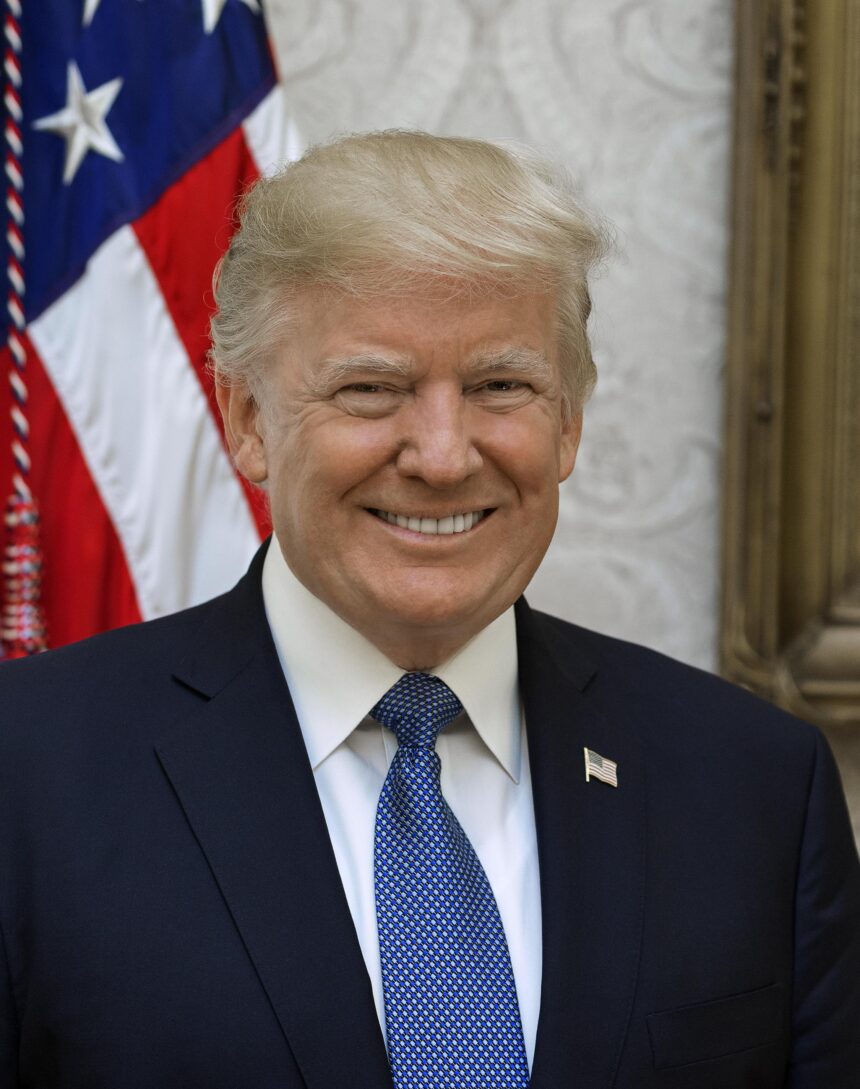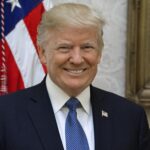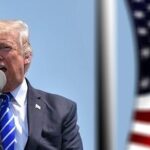In a striking display of authority, former President Donald Trump has recently made headlines by threatening to seek the revocation of broadcasting licenses for major networks such as NBC and ABC. He accuses these outlets of promoting a biased narrative against him and his administration. This latest confrontation between Trump and the media has reignited debates surrounding the delicate balance between press freedom and governmental control. However, legal experts emphasize that Trump’s capacity to act on these threats is highly dubious due to the strong protections granted to media organizations under the First Amendment. This article explores the ramifications of Trump’s statements, examines the legal framework governing media licenses, and discusses why his threats may ultimately be ineffective in a democratic context.
Understanding Trump’s Licensing Threats: The Legal Context for Media Outlets
Former President Donald Trump’s recent comments about potentially revoking broadcasting licenses from prominent news networks like NBC and ABC raise critical questions regarding the legality of such actions. The regulatory landscape overseeing broadcast media is both comprehensive and protective of journalistic freedoms. The Federal Communications Commission (FCC) serves as the primary regulatory body for broadcasting licenses, operating under stringent guidelines that prioritize public interest alongside free expression—making it exceedingly difficult for any political figure to exert unilateral control over media entities. The procedural complexities involved in license reviews require substantial evidence, presenting significant obstacles for Trump should he pursue these threats.
The First Amendment plays an essential role in safeguarding media organizations from government interference. Consequently, any attempt at license revocation could lead to extensive legal disputes. Factors influencing FCC decisions include:
- Public Interest: Licenses are awarded based on their service to community needs; thus, arbitrary revocations would necessitate compelling justifications.
- Fairness Doctrine: Although no longer enforced, this principle continues to influence perceptions around fair representation within media.
- Judicial Precedents: Historical court rulings have established that punitive measures against outlets due to unfavorable coverage could be deemed unconstitutional.
The Political Dynamics Behind Trump’s Media Attacks
The escalating tensions between former President Donald Trump and major news organizations like NBC and ABC reflect a significant transformation in how politics interacts with journalism. Trump’s explicit threats regarding their broadcasting licenses highlight a broader trend where media entities are increasingly viewed through partisan lenses. This framing provides insight into Trump’s strategy aimed at discrediting outlets he perceives as adversarial towards his administration—a tactic that resonates with his supporters who frequently label mainstream journalism as biased or “fake news.” Such actions not only reveal personal grievances but also set concerning precedents regarding press freedom and potential governmental overreach in regulating journalism.
The political ramifications extend beyond individual conflicts; they touch upon fundamental democratic values by shaping public perception through rhetoric that scrutinizes journalism’s role within democracy—especially concerning free speech rights. Key concerns include:
- A chilling effect on investigative reporting: Fear of retaliation may deter journalists from pursuing critical stories.
- The normalization of intimidation tactics against media: Such threats might encourage similar behavior among other political figures.
- A decline in public trust: As political agendas intertwine with journalistic integrity, confidence in news sources may erode further.
Ultimately, these exchanges underscore a pivotal moment in American politics where relations between leaders and journalists are fraught with tension—challenging core principles underpinning democratic dialogue.
Media Strategies: Counteracting Presidential Pressure
Effective strategies might include:
- Collaborative Efforts: Joining forces with other outlets allows sharing resources while amplifying diverse voices across platforms.
- Crisis Preparedness:Establishing robust legal frameworks: Protects against potential retaliatory measures effectively ensuring operational continuity amidst challenges posed by powerful figures.
Moreover utilizing digital channels diversifies content delivery mitigating reliance solely upon traditional broadcasts! Engaging social platforms & podcasts enables reaching wider demographics whilst reinforcing core values! To maximize impact strategic marketing efforts highlighting accountability become crucial tracking audience sentiment guiding refinements accordingly! Below illustrates an example framework designed specifically targeting audience interaction:
| Platform | Engagement Strategy | Expected Outcome |
|---|---|---|
| Social Media | Regular Q&A sessions & live interactions | Increased follower trust & visibility |
| Podcasts | Investigative series featuring audience contributions | < td Enhanced community involvement & loyalty|
Conclusion: Navigating Forward
This situation highlights ongoing tensions exemplified by former President Donald Trumps’ attempts targeting broadcast networks such as NBC/ABC raising pressing constitutional queries surrounding press freedoms! With FCC holding authority issuing renewals based primarily upon standards reflecting public interests processes remain insulated from individual pressures exerted politically speaking! As we navigate increasingly polarized environments moving forward it becomes imperative stakeholders remain vigilant recognizing implications affecting both governance structures alongside preserving essential tenets underpinning free expression within our society today!









